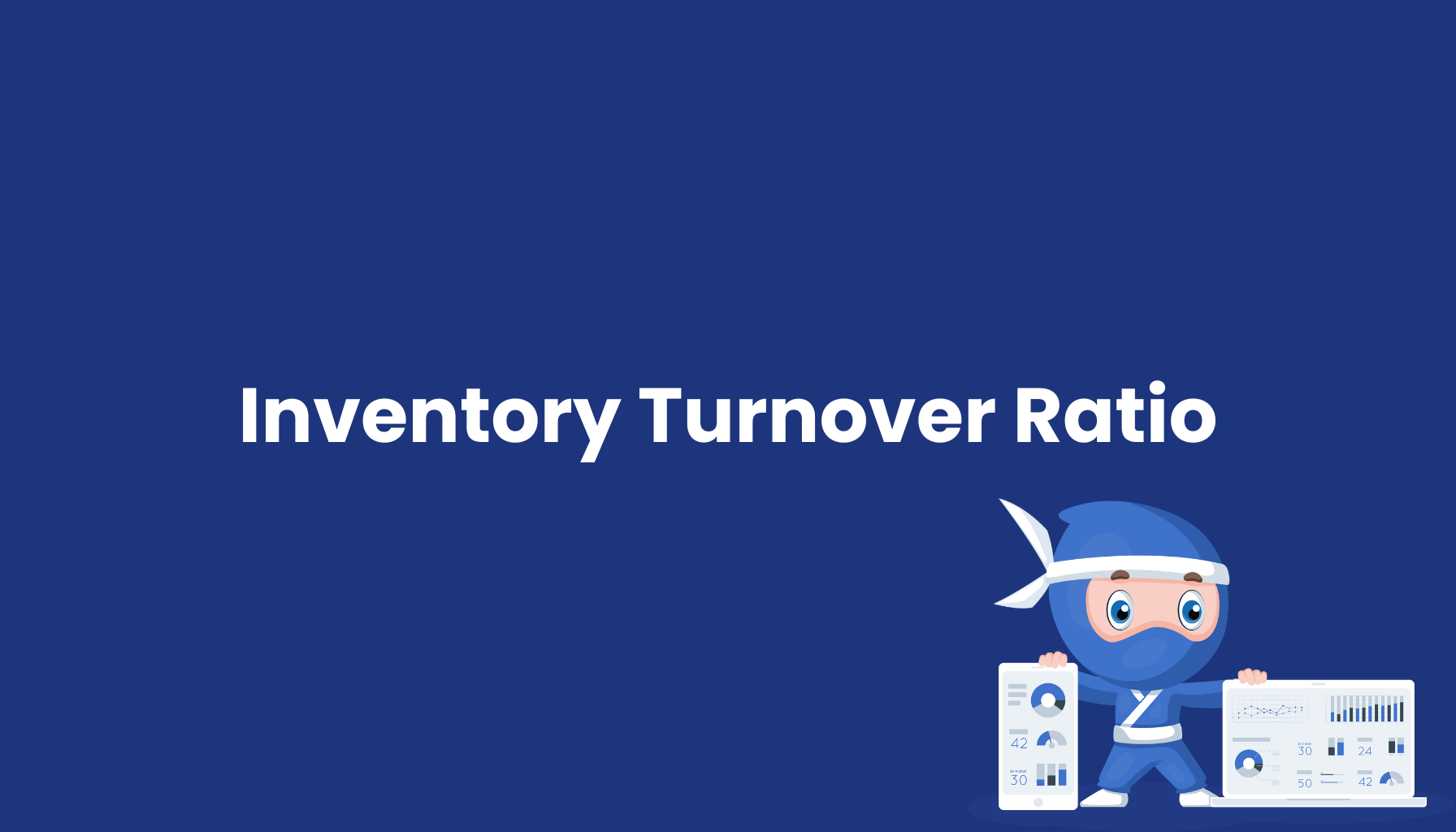Inventory Turnover Ratio

Definition
The Inventory Turnover Ratio is a crucial business metric that measures how often a company sells and replaces its inventory within a specific period. This ratio demonstrates inventory management efficiency and the speed at which inventory is converted into sales revenue.
Calculation and Interpretation
The basic formula is: Inventory Turnover Ratio = Cost of Goods Sold (COGS) / Average Inventory. Alternatively, sales revenue can be used as the numerator, leading to a modified interpretation.
Average inventory is typically calculated as (Beginning Inventory + Ending Inventory) / 2. For more accurate analyses, monthly or even weekly averages can be used.
A high ratio indicates efficient inventory management, while low values may suggest excessive stock levels or weak demand. Industry comparisons are crucial for proper evaluation.
Inventory Management Benefits
- Capital Efficiency: Optimization of tied-up capital through reduced inventory levels
- Liquidity Improvement: Faster conversion of inventory into liquid assets
- Cost Reduction: Decreased storage costs, insurance, and spoilage
- Quality Assurance: Reduction of obsolescence and inventory aging
- Performance Monitoring: Early warning system for demand or supply chain issues
Applications
Manufacturing Industry: Production companies use the metric to optimize raw material, work-in-process, and finished goods inventories. Different turnover ratios for various material classes enable targeted inventory strategies.
Retail and Distribution: Retailers use the ratio for assortment optimization and purchasing planning. Seasonal fluctuations and product lifecycles are considered in analysis.
Automotive Industry: Just-in-time production systems require high turnover ratios while avoiding stockouts. The metric supports supplier management and production planning.
Pharmaceutical Industry: Due to expiration dates and regulatory requirements, high inventory turnover is particularly critical for compliance and profitability.
Influencing Factors and Optimization
Production planning and demand forecasting significantly impact turnover ratios. Modern ERP systems and advanced planning tools enable more precise inventory control through data-driven decisions.
ABC analysis categorizes items by value and enables differentiated turnover strategies. A-items require higher turnover rates than C-items.
Supplier integration and vendor managed inventory reduce safety stock and improve turnover ratios through better predictability.
Digital Optimization
Modern Warehouse Management Systems (WMS) provide real-time data for continuous turnover monitoring. Automated alerts warn of critical inventory developments.
IoT sensors enable precise inventory tracking and automatic reordering at defined minimum levels. RFID technology improves inventory accuracy and reduces shrinkage.
Machine learning algorithms analyze historical data and external factors for improved demand forecasting and optimized order quantities.
Benchmarking and Target Values
Industry-specific benchmarks vary significantly. Grocery retailers often achieve 10-15 turns per year, while automotive suppliers target 4-6 turns.
Internal benchmarks between different product lines or locations identify best practices and improvement opportunities.
Limitations and Complementary Metrics
Inventory turnover ratio alone doesn't show service quality or delivery capability. Complementary metrics like fill rate, stockout frequency, and customer satisfaction are required for complete evaluation.
Seasonal fluctuations can distort meaningfulness, making rolling 12-month averages often more informative.
Future Trends
Artificial intelligence and predictive analytics enable dynamic turnover ratio optimization based on market changes and customer behavior.
Blockchain technology improves transparency in complex supply chains and enables more precise inventory control through real-time data exchange.
The Inventory Turnover Ratio evolves into a central KPI for sustainable and agile supply chain design in an increasingly volatile business environment.


